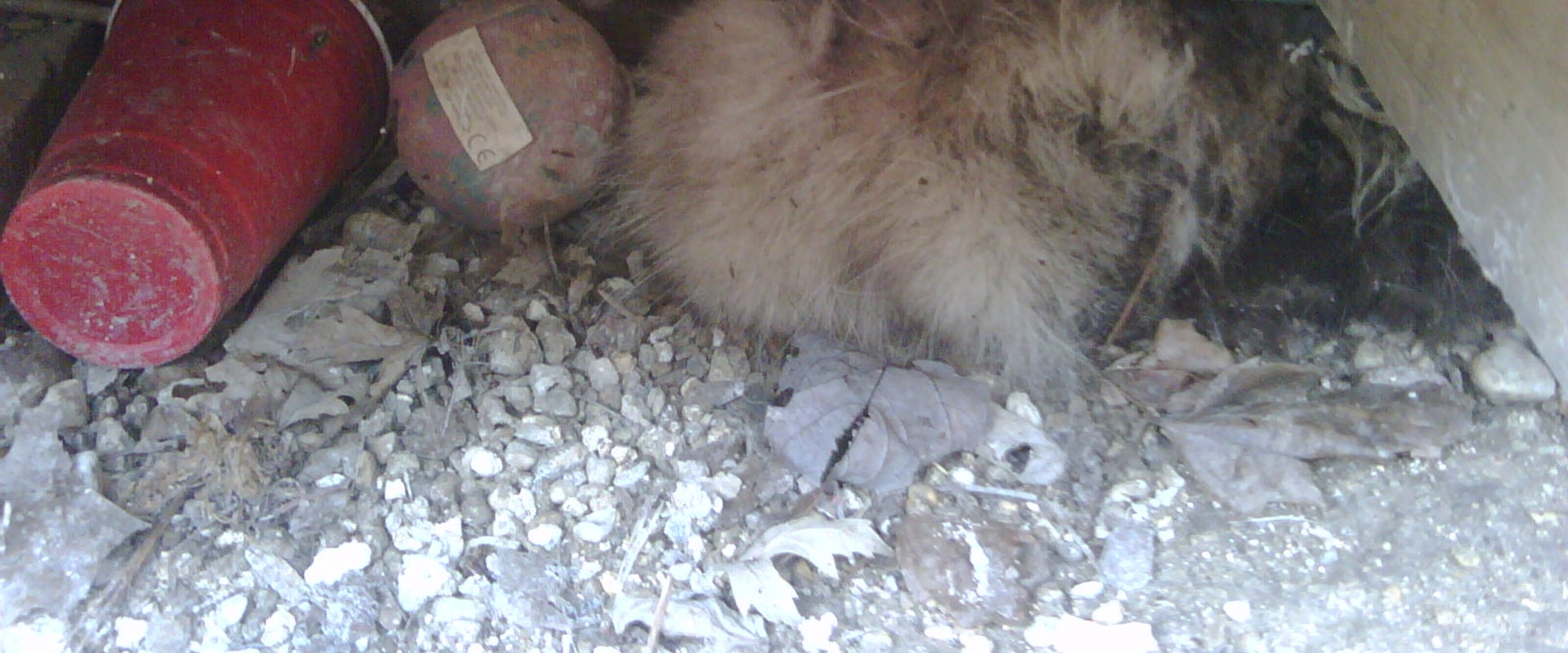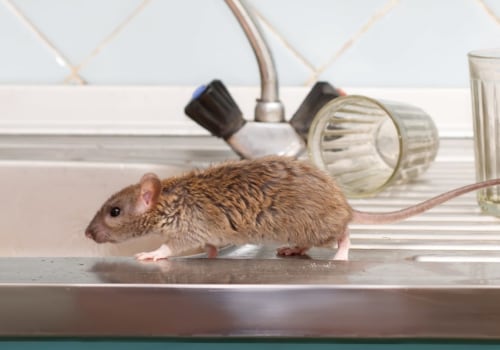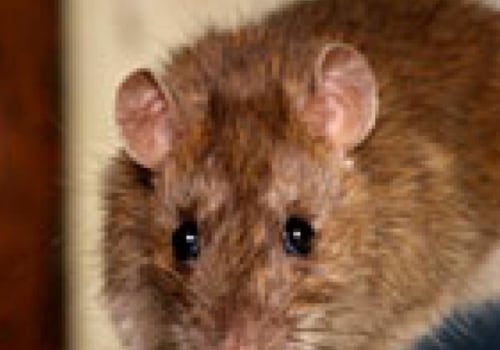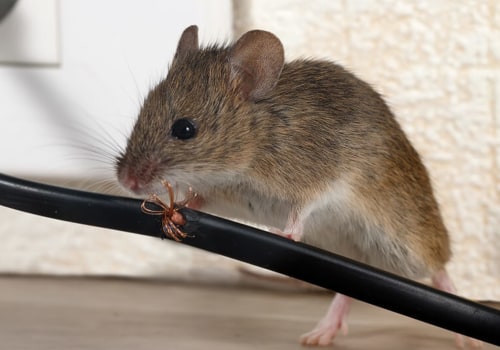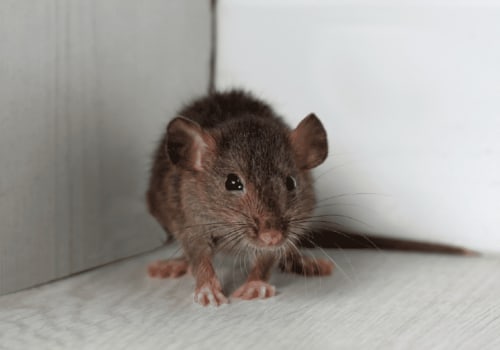The discovery of a dead animal on your property can be unsettling and, at times, overwhelming. Whether it's a small rodent in the attic, a bird in the yard, or even a larger animal that has crawled into an inaccessible space and died, the removal of dead animals requires proper handling due to potential health risks, unpleasant odors, and the possibility of attracting other pests. So, who exactly is responsible for removing dead animals? The task is typically handled by professional services specializing in animal control, pest management, or wildlife removal. In this article, we will explore who removes dead animals, why it’s important to do so quickly and properly, and what you should expect from professional removal services.
Pest Control and Wildlife Removal Experts
The most common professionals responsible for removing dead animals are pest control and wildlife removal experts. These professionals are trained to deal with various types of animal-related issues, including both living and deceased animals. Companies that offer pest control services often provide dead animal removal as part of their broader offerings, especially if the animal in question is a pest like a rat, squirrel, or raccoon that may have taken up residence in your home. These professionals know where to look for dead animals, especially if the carcass is located in a hard-to-reach place like inside walls, attics, basements, or crawl spaces.
A company like Pest Control Livonia is equipped with the tools and expertise to safely remove the dead animal while minimizing any further damage to the property. Pest control technicians often use specialized equipment, such as infrared cameras or moisture meters, to locate dead animals hidden behind walls or in other inaccessible areas. Once located, they carefully remove the animal and sanitize the area to prevent the spread of disease and eliminate any lingering odors. These experts are essential because dead animals can attract scavengers or secondary infestations, such as flies or maggots, and may also carry harmful pathogens.
Animal Control Services
In some cases, local animal control services may also provide assistance with dead animal removal, particularly if the animal is large or poses a potential public health risk. Municipal animal control departments are typically responsible for removing dead animals found on public property, such as roadways, parks, or sidewalks. However, their services are often limited when it comes to animals found on private property. In such instances, they may direct homeowners to private pest control or wildlife removal companies to handle the situation.
Animal control services may still provide useful advice on handling smaller dead animals, such as birds or squirrels, and they often work in collaboration with wildlife removal experts to ensure that all regulations are followed when dealing with wildlife. It's important to note that local laws and regulations regarding dead animal removal may vary, and certain areas might have specific guidelines about how to dispose of dead animals properly, especially if the animal is a protected species.
Professional Cleanup and Sanitization
Dead animals, especially those that have been decomposing for some time, can leave behind more than just an unpleasant sight. As the body decomposes, it releases harmful bacteria and pathogens that can contaminate the surrounding area. Additionally, the decomposition process produces a strong, foul odor that can quickly permeate the home or yard. For this reason, it’s essential to not only remove the dead animal but also to clean and sanitize the area thoroughly.
Many professional removal services offer complete cleanup and sanitization as part of their package. This ensures that any remaining fluids or bacteria from the carcass are completely removed, reducing the risk of disease and eliminating the smell. This step is particularly important if the dead animal was found indoors or in a confined space where the odor might linger. In some cases, professionals may also apply deodorizing agents or air purifiers to help clear the air after removal.
Risks of Handling Dead Animals Without Professional Help
While it might seem tempting to remove a small dead animal on your own, especially if it’s in an easily accessible location, there are significant risks associated with doing so without professional help. Dead animals can carry diseases such as rabies, hantavirus, or salmonella, and improper handling can expose you to these dangerous pathogens. Moreover, dead animals attract parasites like fleas, ticks, and flies, which can spread to humans and pets.
Without the proper protective gear and disposal methods, handling a dead animal can lead to contamination of your home or property. Professional wildlife removal experts and pest control technicians use personal protective equipment (PPE), including gloves, masks, and disinfectants, to ensure that the removal process is safe for both the occupants of the home and the environment. They also follow strict disposal guidelines, ensuring that the carcass is removed and disposed of in a safe and environmentally friendly manner.
What to Expect From a Professional Service
When you hire a professional service to remove a dead animal from your property, there are a few things you can expect. First, the technicians will perform a thorough inspection of your property to locate the dead animal. If the animal is hidden in an inaccessible space, such as behind a wall or in a crawlspace, they will use specialized tools to locate and retrieve it with minimal disruption to your home.
Once the animal is removed, the technicians will sanitize the area to ensure that any bacteria or parasites left behind are eliminated. They may also offer advice on preventing future infestations or entry by other animals, such as sealing gaps, securing food sources, and removing any attractants from your yard.
Depending on the size and condition of the animal, the removal process may take anywhere from a few minutes to several hours. However, professional services work efficiently to ensure that the issue is resolved as quickly and safely as possible.
Conclusion
Dead animal removal is a critical service that should be handled by trained professionals to ensure safety and prevent further issues such as disease, odors, or secondary infestations. Pest control and wildlife removal companies, are well-equipped to handle these situations, providing comprehensive removal, cleanup, and prevention services. Attempting to remove a dead animal without professional help can pose significant health risks, so it’s always best to call in the experts to ensure that the problem is resolved properly and efficiently.
